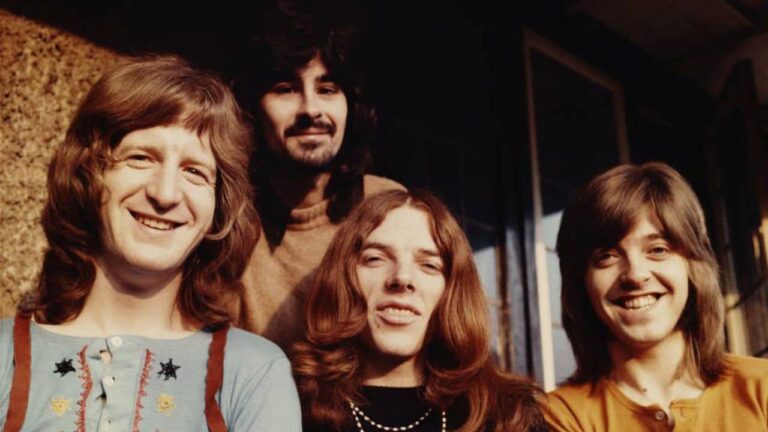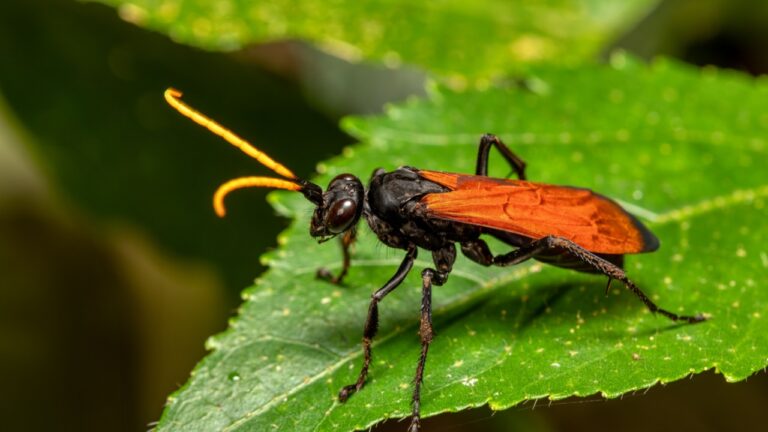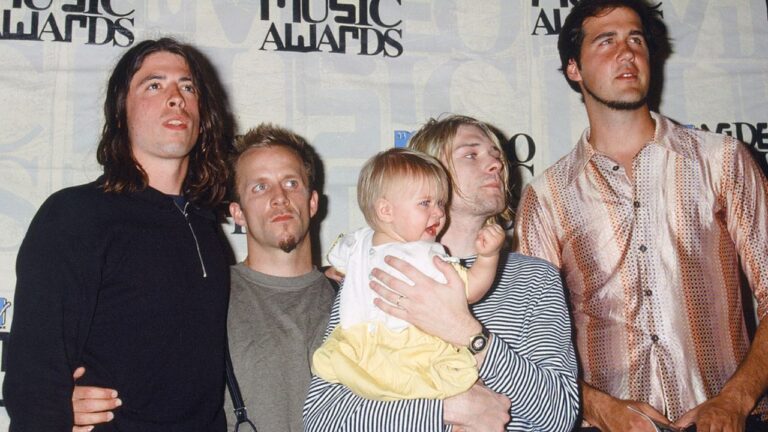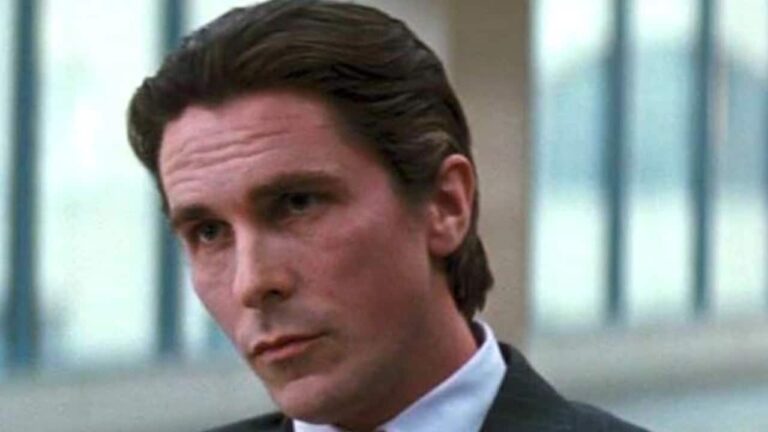The All-Time Best MLB Team From Each NL Franchise
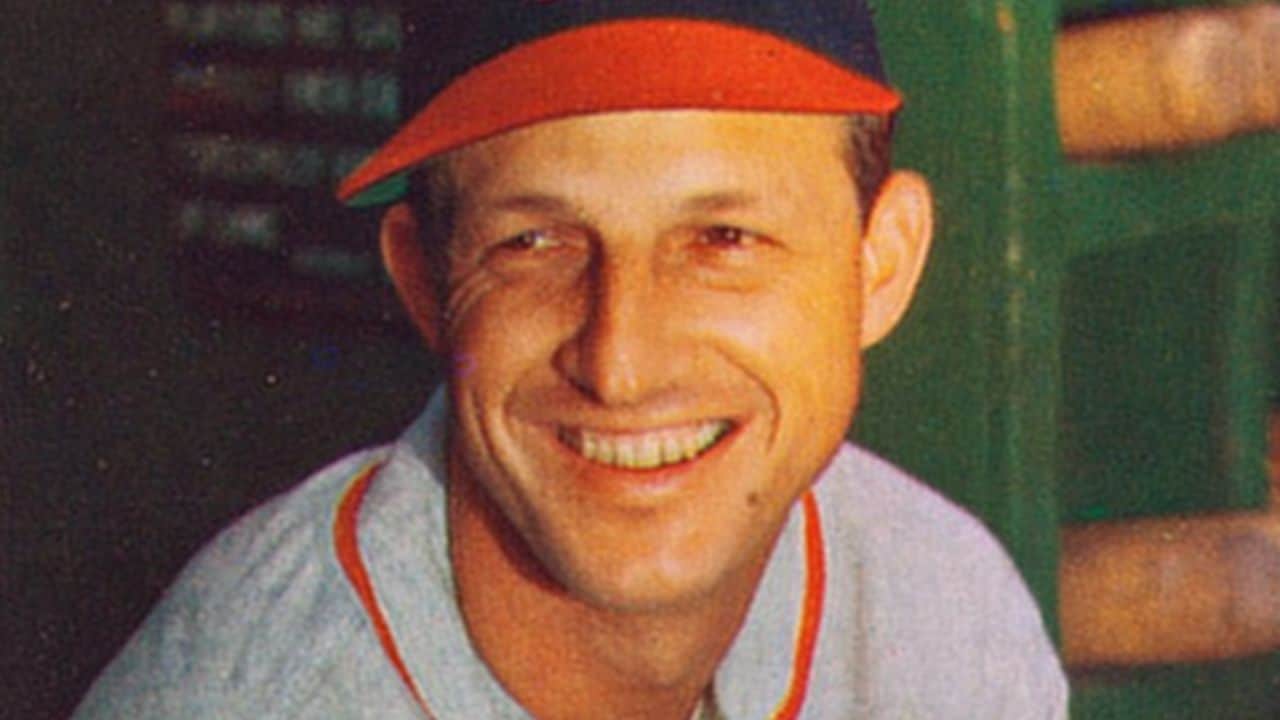
Just when you are convinced your favorite Los Angeles Dodgers team is the greatest in franchise history, some old-time from New York pipes in about the 1955 Brooklyn Dodgers.
Alas, these are the century-long debates that only baseball can produce, where Honus Wagner fans dish it out with Robert Clemente fans in Pittsburgh. Is Stan your man or is Albert your pal, St. Louis fans?
Here are our selections for the team team from each National League franchise.
Arizona Diamondbacks

The seeds for these 2001 World Series champions were first planted in December 1998 when Arizona signed free agent left-handed ace Randy Johnson following the franchise’s first season, and in July 2000 when the Diamondbacks acquired right-handed workhorse Curt Schilling for an average first baseman and three mediocre pitchers. That left the 2001 Arizona Diamondbacks with MLB’s most potent lefty-right combo in the game (Johnson and Schilling finished 1-2 in the National League Cy Young voting) and served as the catalyst to springboard a 92-70 squad over postseason powers like the New York Yankees — and their aces Roger Clemens and Mike Mussina, who finished 1-5 in American League Cy Young voting — in a seven-game World Series classic.
Atlanta Braves

The 1995 Atlanta Braves made the most of their strike-shortened season, posting a 90-54 record (.625) before running through its playoff opposition — the Colorado Rockies, the Cincinnati Reds and the Cleveland Indians in the World Series — winning 11 of 14 postseason games. The pitching staff of National League Cy Young winner Greg Maddux (19-2, 1.65 ERA), Tom Glavine (16-7, 3.08) and John Smoltz (12–7, 3.18 ERA) goes down as one of the best trios in MLB history. Outfielders David Justice and Ryan Klesko, infielders Fred McGriff and Chipper Jones, along with catcher Javy Lopez supplied the hitting to make the Braves a most formidable team.
Chicago Cubs

“Tinker to Evers to Chance” got poetic license to fame, fortune and Hall of Fame inductions, but it was truly the pitchers of the 1907 Chicago Cubs who were most instrumental in this team going 107-45-3 and winning the 1907 World Series. Yes, it was Hall of Famer Mordecai Brown (20-6, 1.39 ERA), along with Orval Overall (23-7, 1.68 ERA), Carl Lundgren (18-7, 1.17 ERA) and Jack Pfiester (14-9, 1.15 ERA) who were inducing those double-play grounders to shortstop Joe Tinker, who threw to second baseman Johnny Evers, who threw to first baseman Dean Chance in the famous poem “Baseball’s Sad Lexicon.”
Cincinnati Reds

“The Big Red Machine” was running on all cylinders when the 1976 Cincinnati Reds won the second of back-to-back World Series championships by completing a 102-60 regular season and a 7-0 playoff sweep of both the Philadelphia Phillies in the National League Championship Series and the New York Yankees in the World Series. There was not a weak link in the lineup that featured NL MVP Joe Morgan and fellow Hall of Famers Johnny Bench and Tony Perez, along with Pete Rose, George Foster, Ken Griffey, Cesar Geronimo and Dave Concepcion.
Colorado Rockies

The 2007 Colorado Rockies did the sweeping of the first two rounds of the National League Playoffs — disposing of the Philadelphia Phillies and Arizona Diamondbacks in seven games — but they were the ones who got swept in the end, losing its World Series encounter to the Boston Red Sox, 4-0. National League MVP runner-up Matt Holliday supplied the bulk of the power, posting .607 slugging and .405 on-base percentages, along with 36 homers, 137 RBI and 120 runs. Teammates Brad Hawpe, Garrett Adkins and Troy Tulowitzki added another 78 homers to a seemingly endless supply of baseballs leaving Coors Field every night.
Los Angeles Dodgers

Sandy Koufax was the unanimous MLB Cy Young award winner who was simultaneously voted National League MVP in 1963. He was 25-5 with a 1.88 ERA and was the big reason why the 1963 Los Angeles Dodgers go down as this franchise’s best. Koufax really did set the tone for a staff that also featured Don Drysdale, who was 19-17 with a 2.63 ERA, Johnny Podres, who was 14-12 with a 3.54 ERA, and other pitchers who led this 99-63-1 franchise to a 4-0 sweep of the New York Yankees in the 1963 World Series.
Miami Marlins

The 1997 Florida Marlins were happy enough to have their first winning season in the franchise’s young five-year history. Only to see them ride that to a 92-70 finish into the postseason … Only to see them beat the San Francisco Giants in the division series … Only to see them beat the Atlanta Braves in the NLCS … Only to see them win the 1997 World Series in seven games over the Cleveland Indians. Talk about an unexpected outcome for All-Stars Kevin Brown, Moises Alou and fellow should-have-been All-Stars Gary Sheffield, Bobby Bonilla and Alex Fernandez.
Milwaukee Brewers

The 1982 Milwaukee Brewers were a juggernaut en route to their one American League pennant, ignited by an offense that led MLB in runs (891), RBI (843), home runs (216), slugging percentage (.455) and total bases (2,606). The 95-67-1 Brewers were led by Robin Yount, who won the first of his two AL MVP awards and became the first shortstop ever to lead the league in slugging percentage (.578). He also led the league in hits (210), doubles (46) and total bases (367). Yount was complemented in the lineup by fellow Hall of Famers Paul Molitor and Ted Simmons, along with sluggers Cecil Cooper, Ben Oglivie and Gorman Thomas.
New York Mets

Arturo Land/YouTube.
The 1986 New York Mets were even more amazing than their 1969 uncles who first brought a World Series title to the franchise, mainly because they had so many characters from all walks of life and celebrity. You had the intimidating, Dwight Gooden and Darryl Strawberry; the wild and crazy Lenny Dykstra; the fun-loving Mookie Wilson and Kevin Mitchell; the pretty boys Gary Carter, Keith Hernandez and Ray Knight who also became rowdy boys Ron Darling and Bob Ojeda. The results, however, spoke for themselves — a 108-54 record, which was 21.5 games ahead of second-place Philadelphia. In the playoffs, the Mets beat the Houston Astros, 4-2, in the NLCS and the Boston Red Sox, 4-3, in the 1986 World Series.
Philadelphia Phillies

With great defense up the middle, solid pitching and a cast of sluggers, the 2008 Philadelphia Phillies were able to field a complete team and a squad worthy of being called World Series champions. This lineup was able to mow through postseason squads — after a 92-70 regular-season finish — by a collective 11-3 margin over the Milwaukee Brewers, Los Angeles Dodgers and Tampa Bay Rays in the World Series. Jimmy Rollins (Gold Glove), Jayson Werth, Chase Utley (Silver Slugger), Ryan Howard (Josh Gibson Award), Shane Victorino (Gold Glove) and Pat Burrell may not have been Murderers’ Row, but they all brought something special to the table.
Pittsburgh Pirates

Even though the franchise is going through a 46-year title drought, the PIrates are rich in 20th Century history to feature icons from five different championship team as diverse as Honus Wagner (1909), Pie Traynor (1925), Roberto Clemente (1960), Willie Stargell (1971) and Dave Parker (1978). But it is Hall of Famer Honus Wagner’s 1909 Pittsburgh Pirates we focus on here, for their sheer dominance as hitters and pitchers (they had two 20-game winners, Howie Camnitz and Vic Willis), going 110-42-2 for an incredible .724 winning percentage that translates to 117 wins today. Wagner, a 35-year-old shortstop at the time, led the National League in slugging (.489) and on-base percentages (.420), batting average (.339), RBI (100) and total bases (242).
San Diego Padres

Tony Gwynn and the 1984 San Diego Padres will always be looked upon fondly as the franchise favorite, being the first to reach the World Series after 15 years of mock and ridicule of fielding only one winning season up until that point. But thanks to the veteran acquisitions of Steve Garvey and Graig Nettles, along with the rookie call-ups of Kevin McReynolds and Carmelo Martinez, everything finally broke right for once, and the Padres improved from 81-81 to 92-70 overnight. The Pads, however, did lose to the Detroit Tigers in the 1984 World Series, 4-1. Gwynn, a 24-year-old All-Star rightfielder, led the National League with a .351 batting average and 213 hits and finished third in the NL MVP balloting.
San Francisco Giants

Nobody owned baseball like Hall of Famer Christy Mathewson at the turn of the 20th Century; he won five ERA titles in the 1900s and 1910s. As ace of the 1905 New York Giants, Mathewson was at his all-time best, winning the triple crown for pitchers who lead the league in wins (31-9 record), strikeouts (206) and ERA (1.28). However, the 105-48-2 Giants counted on Mathewson most at playoff time where he was at his most spectacular, and actually hurled three shutouts in six days against the Philadelphia Athletics. If you are Hall of Fame manager John McGraw, you pitch Hall of Famer pitcher Joe McGinnity, who was 25-18 with a 2.87 ERA, in Games 2 and 4, come away with a split and then win a World Series title, 4-1, when Mathewson wins Game 1, 3 and 5.
St. Louis Cardinals

The 1942 St. Louis Cardinals’ season was a year of peaks for so many people. For pitcher Mort Cooper, it was a career year that saw him win the National League MVP after going 22-7 with a 1.78 ERA and making his first All-Star Game at age 29 as well. For Cardinals General Manager Branch Rickey, it was his fourth and final World Series championship in St. Louis, as he embarked on his new career in the same position with the Brooklyn Dodgers. And for Hall of Fame outfielders Stan “The Man” Musial and MVP runner-up Enos Slaughter, it was the best of times and worst of times as Slaughter would embark on military service from 1943 through 1945 during World War II, and Musial would join him soon thereafter in 1945.
Washington Nationals

The Washington Nationals started out in Canada as the Montreal Expos in 1969 — 50 years before the 2019 Nationals’ World Series championship that some longtime fans may have never thought would come. After all, the 1994 Montreal Expos fans remember their baseball-best 74-40 record languishing in the corner of the room forever when an MLB strike ended the season prematurely. So when those Expos became these Washington Nationals in 2005, the fire — though flickering — stayed lit. And when Anthony Rendon, Juan Soto and Stephen Strasberg took out the Houston Astros at the 2019 World Series in seven games, it was then and only then these 93-69 Nationals could celebrate.
5 Teams on the Bench

1955 Brooklyn Dodgers: The franchise’s first World Series championship is fondly remembered for the heroes on the roster: Jackie Robinson, Duke Snider, Roy Campanella, and Don Newcombe, among others.
1967 St. Louis Cardinals: Bob Gibson and Steve Carlton’s arms, along with Orlando Cepeda’s bat and Lou Brock’s legs make this World Series champion an all-time favorite.
1969 New York Mets: Those Amazin’ Mets may have had a no-name lineup, but Hall of Fame pitcher Tom Seaver and fellow All-Star Jerry Koosman were in top form on the mound … and they even had a future Hall of Famer in the bullpen in Nolan Ryan.
1971 Pittsburgh Pirates: This World Series championship team is a fan favorite, not only because it still had 36-year-old Roberto Clemente, but it also featured a 31-year-old Willie Stargell, who finished second in the National League MVP voting.
1975 Cincinnati Reds: Just repeat our description of the 1976 Cincinnati Reds right here — that is how great these back-to-back champions both were.
